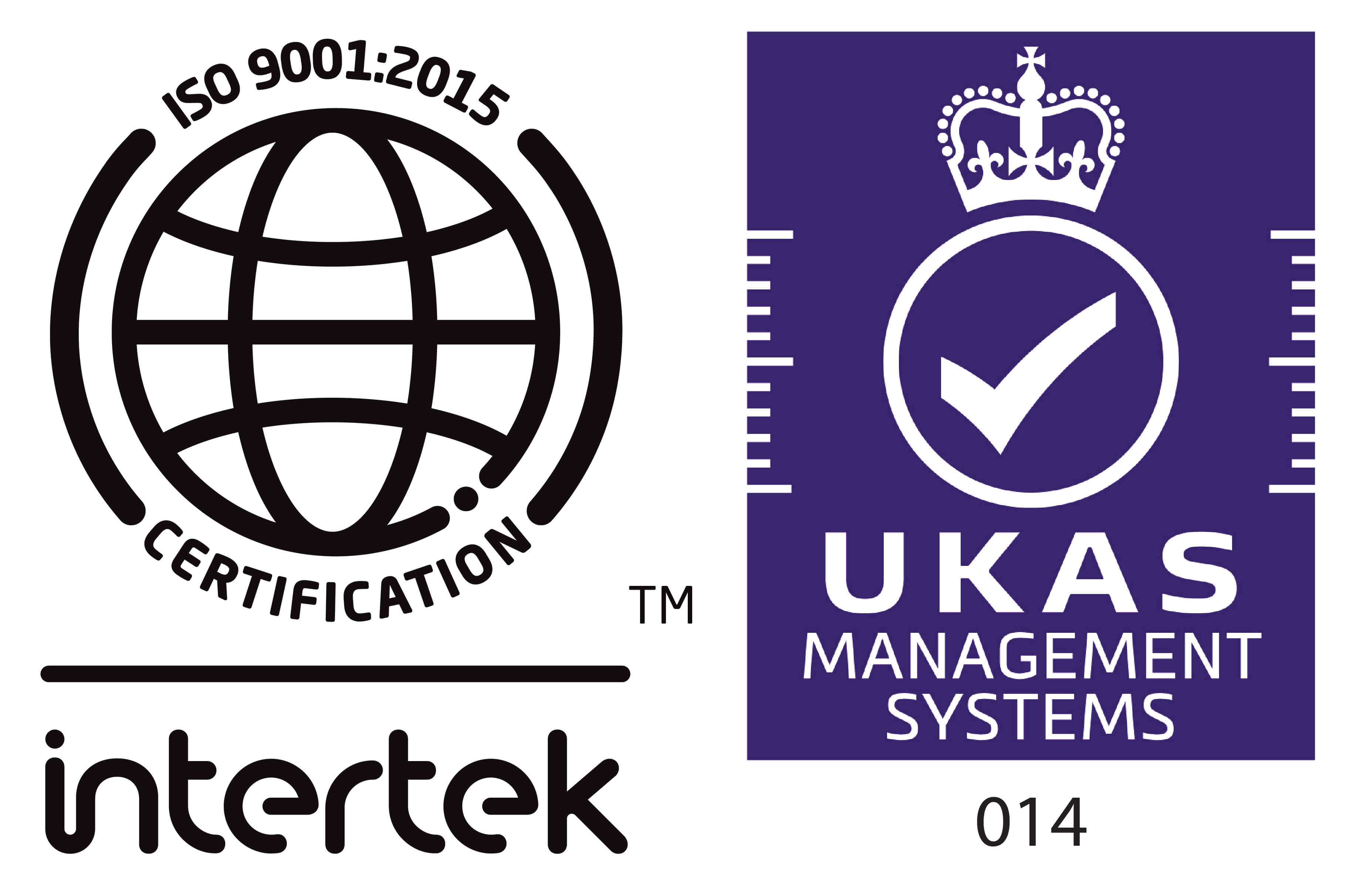How Will $1.9 Trillion Stimulus Package Impact Gold Prices?
Posted on Mar 15, 2021 at 12:00 am
House Democrats passed a $1.9 trillion coronavirus relief bill on Wednesday, sending one of the biggest stimulus plans in U.S. history to President Joe Biden’s desk. US President Joe Biden on Thursday signed the massive USD 1.9 trillion American Rescue Plan which is expected to provide a major boost to the country’s economy.
The package provides $400 billion for $1,400 direct payments to most Americans, $350 billion in aid to state and local governments, an expansion of the child tax credit and increased funding for COVID-19 vaccine distribution. Republicans complained the price tag was too steep.
Here are the proposal’s major pieces:
- The House of Representatives approved direct stimulus checks of $1,400 (more than double the $600 approved as part of the previous congressional aid program). These will be sent to people earning under $75,000 a year or married couples who earned up to $150,000. The value of the checks would gradually fall until reaching zero for individuals earning about $100,000 a year and couples who earn between $150,000 and $200,000.
- It extends a $300 per week jobless aid supplement and programs making millions more people eligible for unemployment insurance until Sept. 6. The plan also makes an individual’s first $10,200 in jobless benefits tax-free.
- It expands the child tax credit for one year. It will increase to $3,600 for children under 6 and to $3,000 for kids between 6 and 17.
- The plan puts about $20 billion into Covid-19 vaccine manufacturing and distribution, along with roughly $50 billion into testing and contact tracing.
- It adds $25 billion in rental and utility assistance and about $10 billion for mortgage aid.
- The plan offers $350 billion in relief to state, local and tribal governments.
- The proposal directs more than $120 billion to K-12 schools.
- It increases the Supplemental Nutrition Assistance Program benefit by 15% through September.
- The bill includes an expansion of subsidies and other provisions to help Americans afford health insurance.
- It offers nearly $30 billion in aid to restaurants.
- The legislation expands an employee retention tax credit designed to allow companies to keep workers on payroll.
The bill passed the House by a 220-211 margin without a Republican vote, as the GOP argues the job market has recovered enough to warrant little or no new stimulus spending.
One Democrat, Rep. Jared Golden of Maine, opposed it. Democrats also approved the plan on their own in the Senate through the special budget reconciliation process.
Impact on Economy and Gold
Markets welcomed the bold proposal of spending almost $2 trillion. Some expenditure, especially on vaccines and healthcare, sound pretty reasonable. However, $1.9 trillion is a lot of money! And a lot of federal debt, as the stimulus would be debt-funded!
So, there is a risk that Biden’s package would overheat the economy and increase inflation. Surprisingly, even some mainstream economists who support deficit spending notice this possibility. For instance, former Treasury Secretary Larry Summers said that Biden’s stimulus
could lead the economy to overheat and that the conventional wisdom is underestimating the risks of hitting capacity.
Indeed, this is a real possibility for good reasons. First, the proposed package would not only be large in absolute terms (the nominal amount) but also relative to the GDP. According to The Economist, Biden’s proposal is worth about nine percent of pre-crisis GDP, nearly twice the size of Obama’s aid package in the aftermath of the Great Recession.
And the stimulus is also large relative to the likely shortfall in the aggregate demand. Looking at the fact that the winter wave of the coronavirus would be less harmful to the economy – and that there have already been big economic stimuli added last year, including a $900 billion package passed no earlier than in December. Another potential inflationary driver is dollar depreciation, which seems likely, given the zero-interest rates policy and the expansion in the U.S. twin deficit.
Hence, without the central bank neutralizing the fiscal exuberance, it’s possible that Biden’s plan would overheat the economy, at least temporarily. Actually, investors have already started to expect higher inflation in the future – as the chart below shows, the inflationary expectations have already surpassed pre-pandemic levels.
From the fundamental perspective, this is good news for the gold market. After all, gold is bought by some investors as an inflation hedge. Moreover, the acceleration of inflation would lower real interest rates, keeping them deeply in negative territory, which would also be positive for the yellow metal.
So, although the expectations of higher fiscal stimulus plunged gold prices in January, more government spending – and expansion in budget deficits and public debt – could ultimately turn out to be supportive factors for gold. Especially if an easy fiscal policy will be accompanied by the accommodative monetary policy – in particular quantitative easing and a rising Fed’s balance sheet – and inflation.



